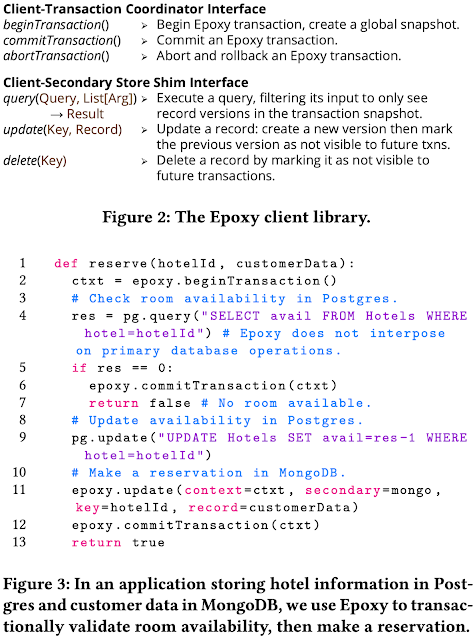Our Florida vacation

No paper review this week. Instead, I stumbled upon notes buried in my blog.org entries. With Buffalo now cold and snowy, reminiscing about last June's hot Florida vacation seemed fitting. True to our tradition, we drove there from Buffalo, relishing the two-day road trip. Road trips are our love -- in 2018-19 we had crossed the US East-to-West and then West-to-East. I had documented the East-to-West drive here . This time, it was North-to-South, all the way to the southernmost point of the US—the Key West Islands . Yes, the driving was a bit tiring. But with our new SUV, good audiobooks, and sightseeing on the way, it was enjoyable. We Hotwire'd the hotels for the drive at around afternoon of each driving day. That is how the Demirbas family rolls. Our AirBnB in Orlando was at a resort. It was a 5 bedroom rental. We were able to get it cheap at $200 a day after taxes and everything. It was very comfortable, and we enjoyed the lazy life at the resort. Oh God, everything is big ...






